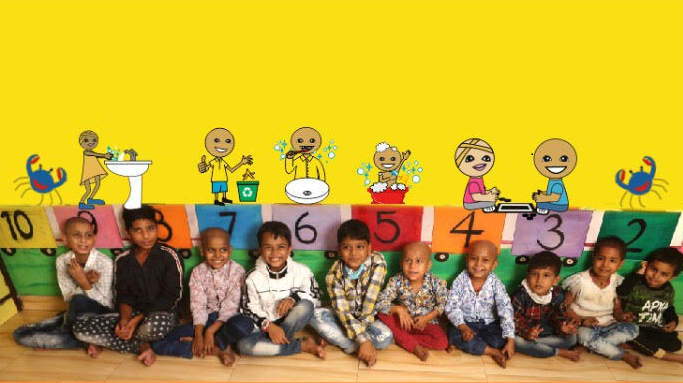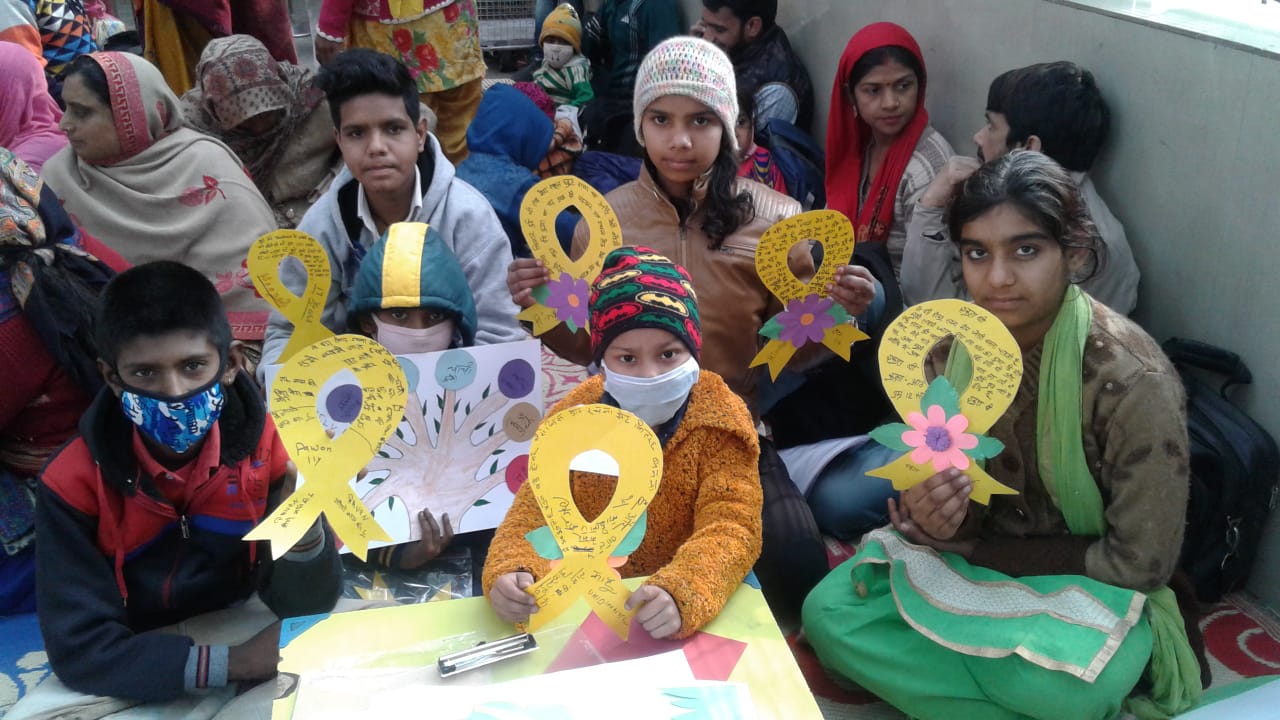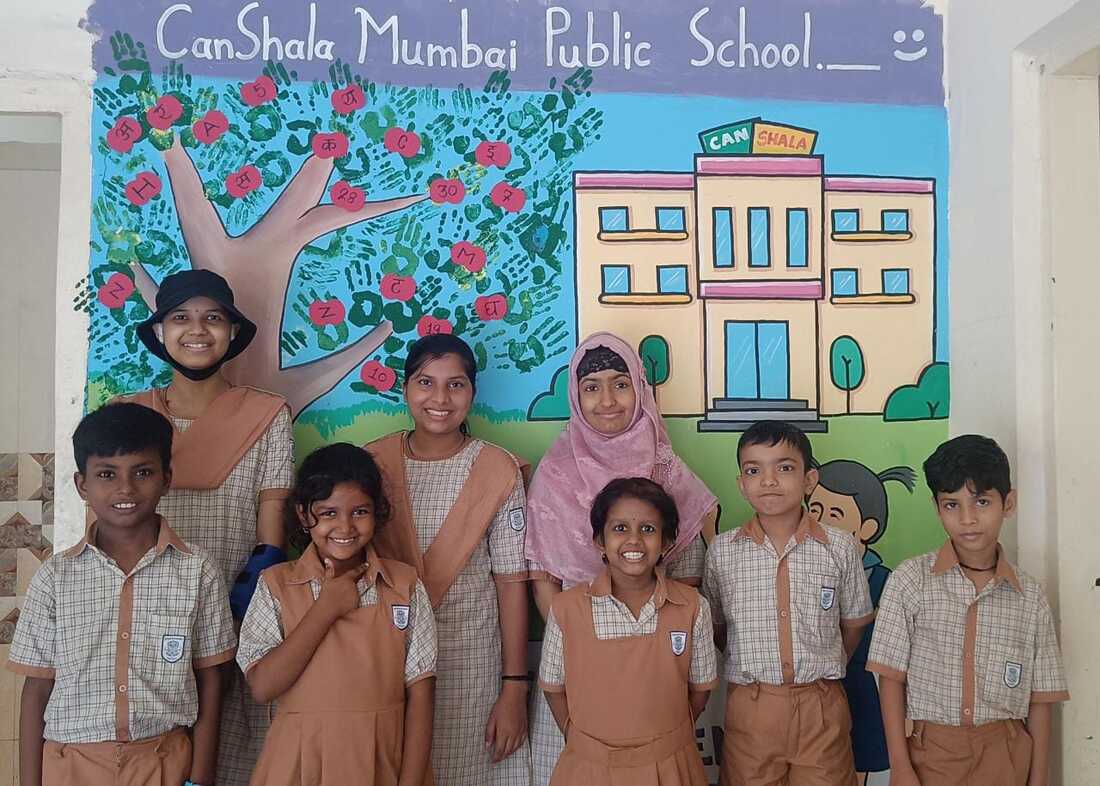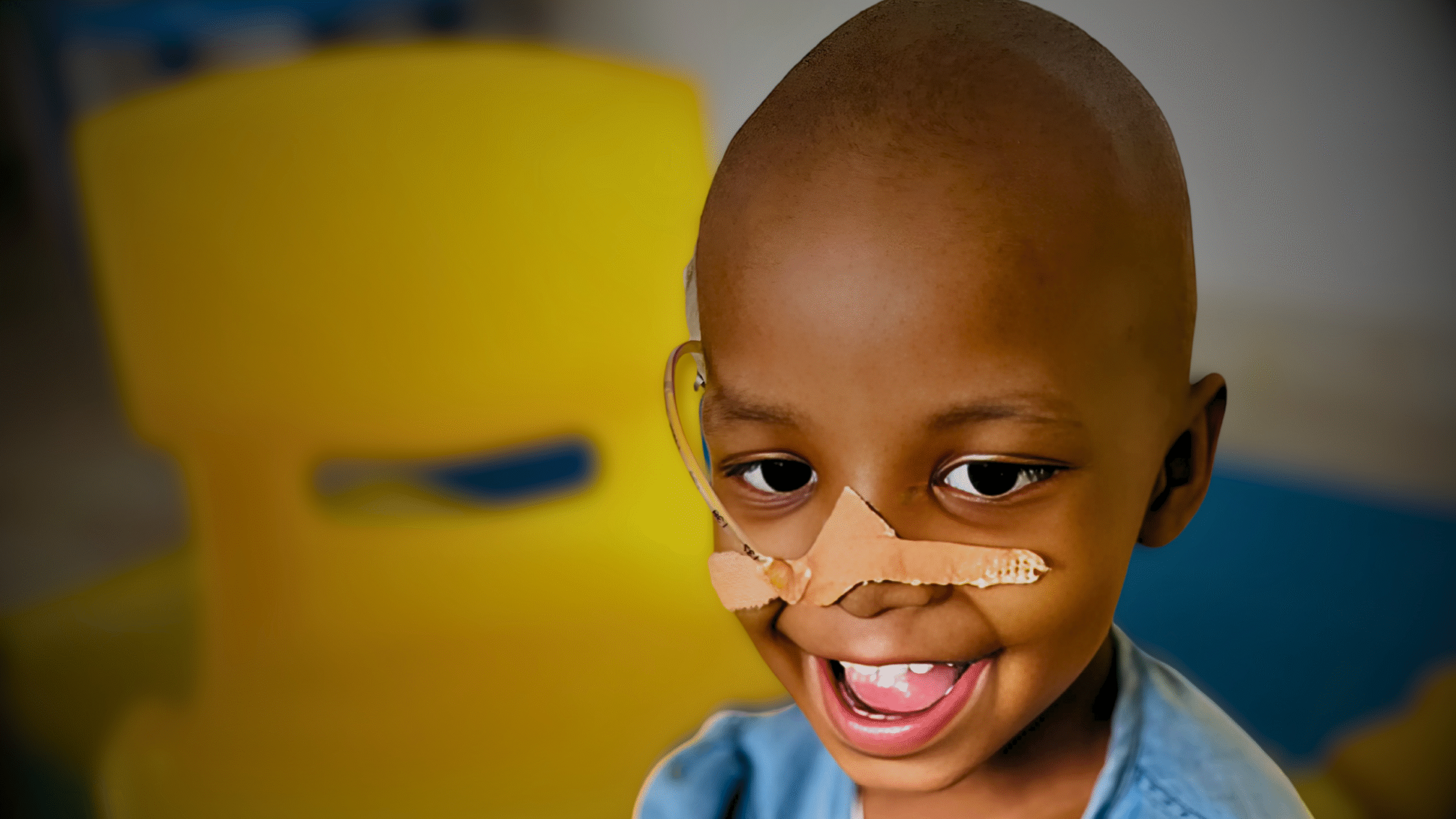Understanding Childhood Cancer
Comprehensive information about childhood cancer types, symptoms, and treatments. Knowledge empowers families to make informed decisions and seek the best care for their children.
Know More About Your ChildThe Reality of Childhood Cancer
Childhood is a time of wishes, desires, and dreams of endless possibilities. But for children faced with cancer, it becomes a battle for life itself.
Global Childhood Cancer Statistics
The Challenge We Face
Unlike adult cancers, the causes of most childhood cancers remain unknown. In Low and Middle Income Countries like India, only 30% of children with cancer are cured, compared to 70-90% in High Income Countries. This gap exists due to lack of awareness, late detection, inadequate facilities, high treatment costs, and absence of supportive care.

What Is Cancer?
Cancer refers to a group of diseases where cells divide abnormally and uncontrollably, potentially spreading to other parts of the body.
How Cancer Develops
Cancer cells can collect in one place as a tumor or break away and spread to other parts of the body, forming secondary cancers called metastases. In children, there are 8 most common types of cancer, each affecting different parts of the body and requiring specialized treatment approaches.

8 Most Common Types of Childhood Cancer
Understanding the different types of cancer that most commonly affect children and their specific characteristics.
Common Symptoms of Childhood Cancer
Recognizing early warning signs can make a critical difference in treatment outcomes. Always consult healthcare professionals for proper diagnosis.
Persistent Fever
Unexplained fever or bleeding, especially if it persists without other signs of infection
Weight Changes
Unexplained weight loss or loss of appetite, swelling around the waist
Breathing Issues
Persistent cough, wheezing, or shortness of breath, especially at night
Vision Problems
Eye changes like pupil that appears white, pain, redness, or swelling around the eyes
Headaches
Headaches, especially if persistent or increasingly frequent, occurring early morning or worsening over days
Unusual Masses
Lumps or signs of infection, trauma or signs of bleeding
Early Detection Saves Lives
Many childhood cancer symptoms can be mistaken for common childhood illnesses. However, persistent or worsening symptoms, especially when combined with other warning signs, warrant immediate medical attention. Trust your instincts as a parent or caregiver.

Treatment Options for Childhood Cancer
Modern cancer treatment uses multiple approaches, often in combination, tailored to each child's specific type and stage of cancer.
Understanding Treatment Approaches
Each treatment method works differently and may be used alone or in combination depending on the specific cancer type and stage.
How it Works: Chemotherapy drugs enter the bloodstream and work to kill cancer cells throughout the body. The medication can be administered in several ways:
- Intravenously (IV): Through a vein, the most common method
- Orally: By mouth in pill or liquid form
- Intrathecally: Directly into the spinal fluid for brain cancers
Treatment Cycles: Chemotherapy is typically given in cycles - periods of treatment followed by rest periods. This allows the child's body to recover and healthy cells to repair themselves while continuing to fight cancer cells.
Duration: Treatment length depends on the cancer type and the child's response, ranging from weeks to months.
Mechanism: High-energy particles or waves are precisely directed at cancer cells to destroy or damage them, preventing their ability to grow and divide.
Types: External beam radiation (most common) and internal radiation (brachytherapy) for specific cases.
Combination Treatment: Often used alongside chemotherapy or surgery to maximize effectiveness and reduce the chance of cancer recurrence.
Precision: Modern radiation therapy uses advanced techniques to target cancer cells while minimizing damage to healthy surrounding tissue.
Purpose: Bone marrow produces blood cells. If cancer affects blood cell function, a transplant can provide healthy cells to restore normal blood production.
Types of Transplants:
- Autologous: Using the patient's own healthy bone marrow
- Allogeneic: Using bone marrow from a compatible donor
- Syngeneic: Using bone marrow from an identical twin
Process: High-dose chemotherapy first destroys diseased bone marrow, then healthy marrow is infused to regenerate the blood-forming system.
Applications: Used for blood cancers and sometimes solid tumors when high-dose chemotherapy is beneficial.
Innovation in Treatment: These newer drugs target specific molecular features of cancer cells, offering more precise treatment with potentially fewer side effects than traditional chemotherapy.
Examples:
- Imatinib (Gleevec): Specifically targets cells with Philadelphia chromosome, highly effective for chronic myeloid leukemia
- Dasatinib (Sprycel): Another targeted drug for specific genetic markers
Advantages: Often work when standard chemotherapy doesn't, with different and sometimes less severe side effects profile.
Personalized Medicine: Treatment decisions based on genetic testing of both the patient and the cancer cells to determine the most effective approach.
Children With Cancer Deserve Better
Every child facing cancer deserves the best possible treatment, comprehensive care, and strong support systems for successful reintegration into society.
Comprehensive Care Approach
The best outcomes require three essential components: excellent medical treatment to address the illness, comprehensive care to manage the social and psychological impact, and robust support systems to help children and families reintegrate successfully into their communities after treatment.

Knowledge Empowers Action
Understanding childhood cancer is the first step toward better outcomes. Early detection, proper treatment, and comprehensive support can transform a child's cancer journey from despair to hope.
Get Support & Information